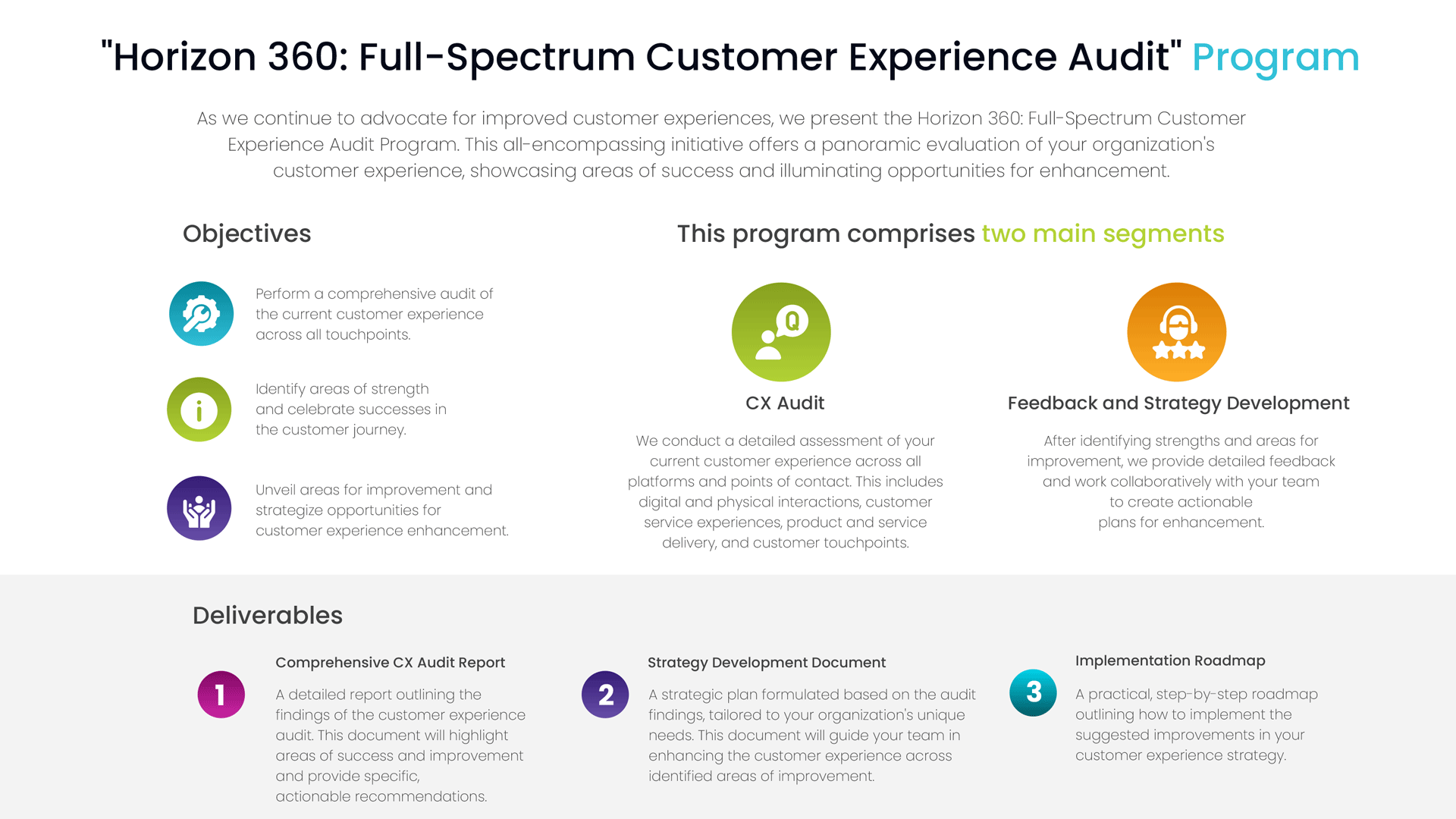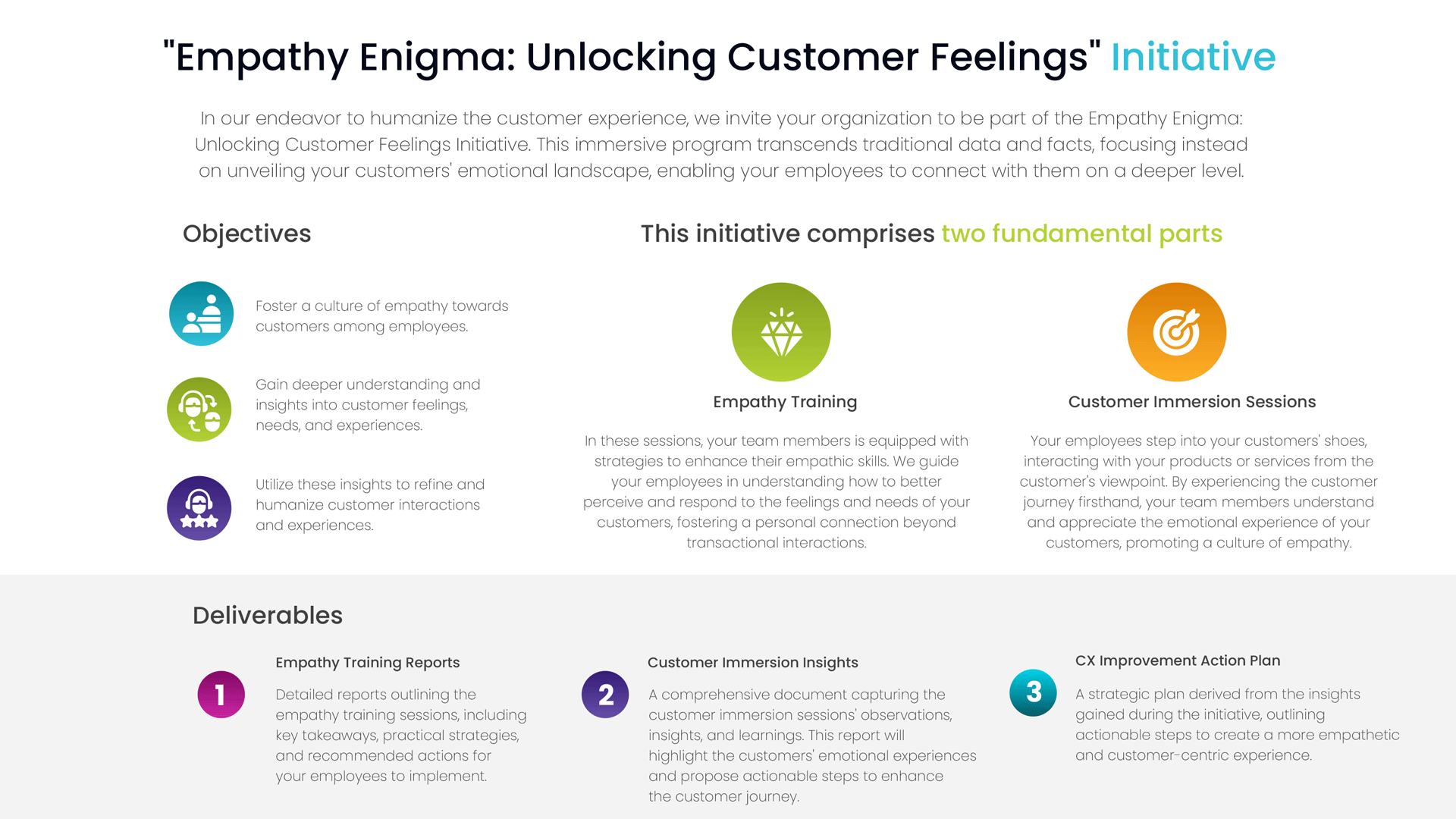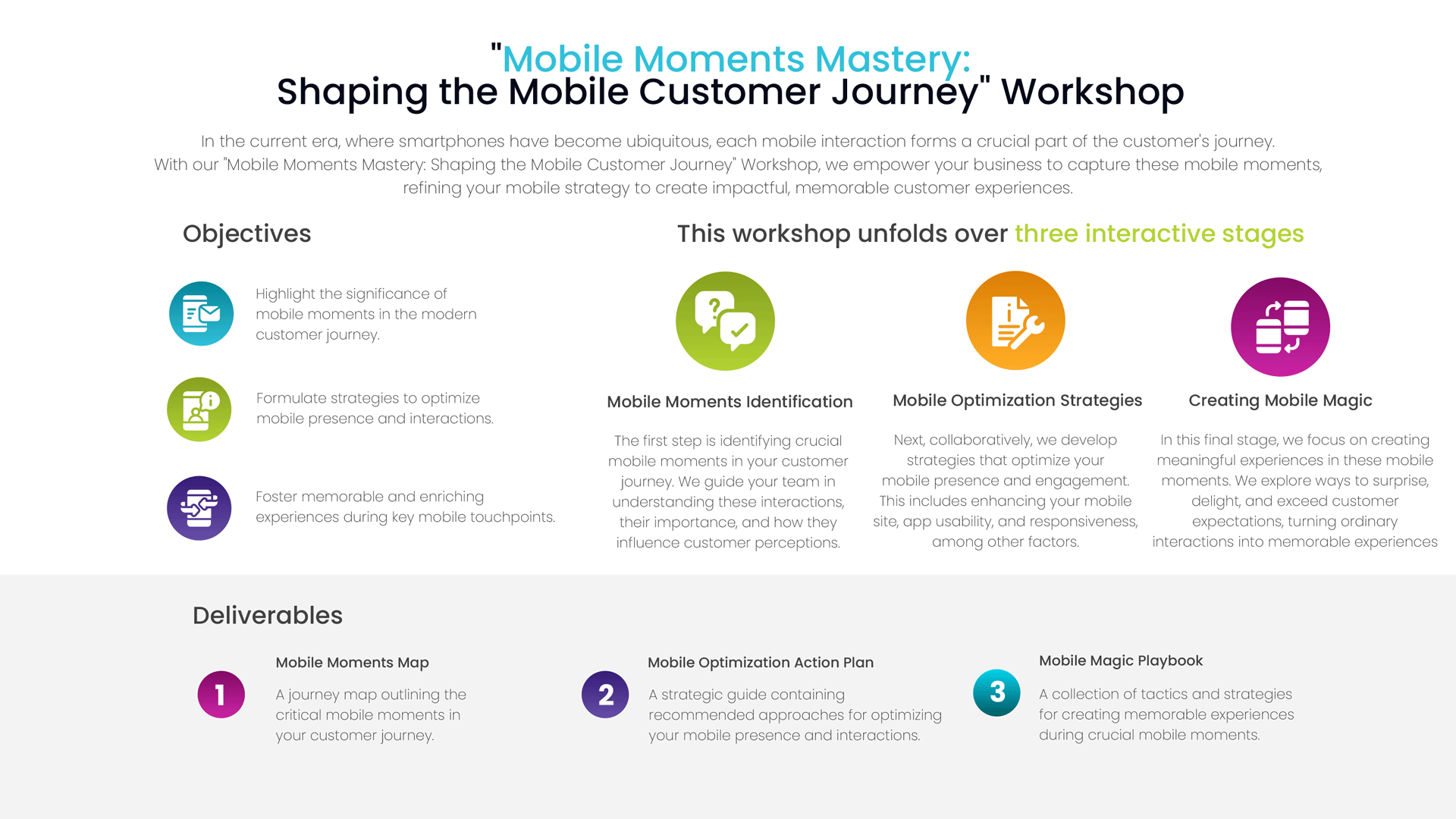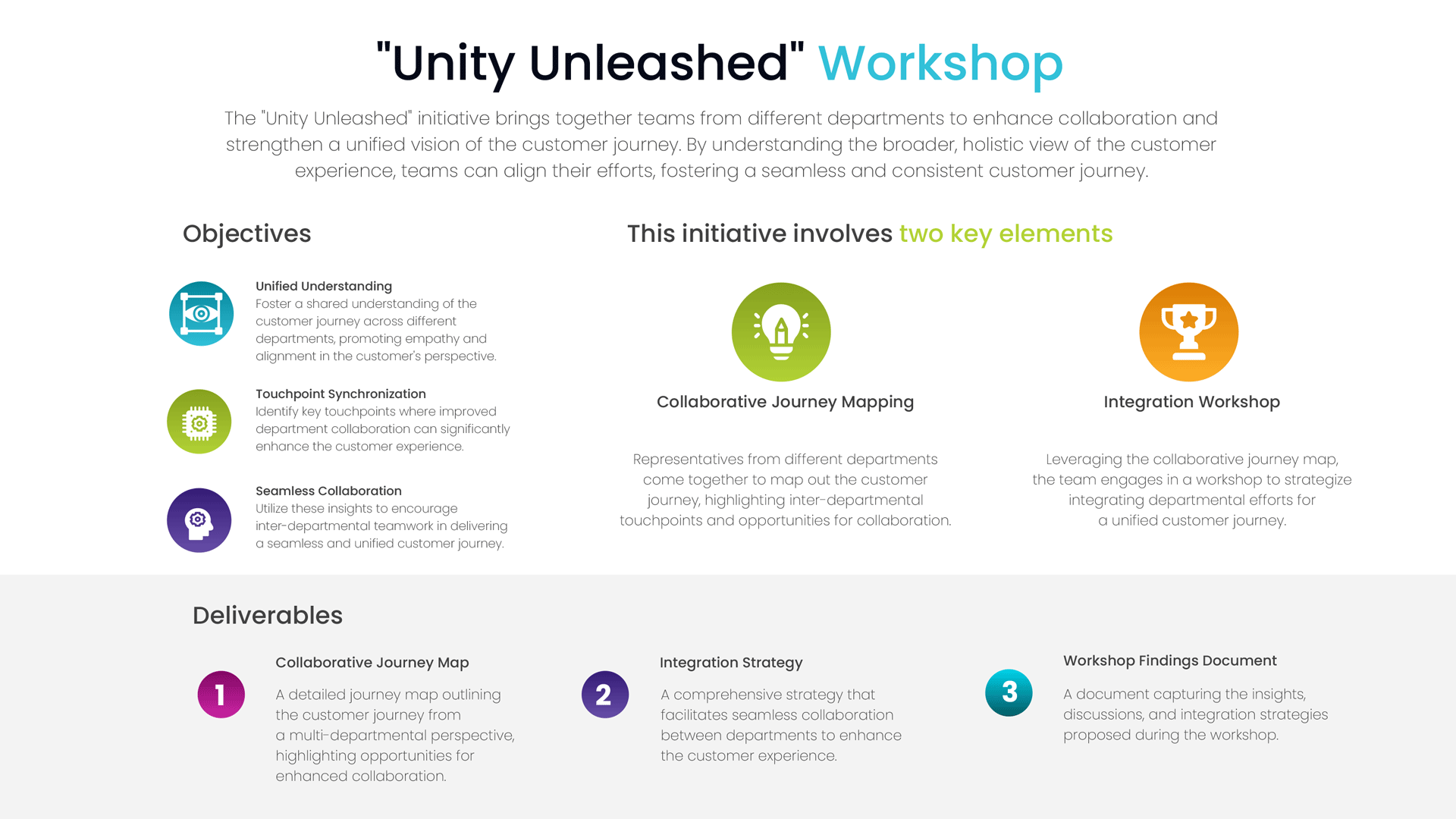
As 2024 unfolds, the narrative of Customer Experience (CX) Leadership is under the spotlight. Data underscores its significance: a survey of 1,920 business professionals highlighted CX as a prime focus for the next five years, over product and pricing. Additionally, companies with $1 billion annual revenue could see an average revenue boost of $700 million within three years post-CX investment1.
However, a notion of ‘CX Myopia’ looms, suggesting an overemphasis on CX may overshadow crucial areas like product innovation and operational efficiency. Data from July 2021 to June 2022 shows a global balance between CX and operational efficiency, indicating a need for a balanced corporate strategy2.
Technological advancement is intertwined with CX evolution. By 2024, nearly half of the G2000 are projected to adopt Customer Data Platforms for real-time interactions, potentially boosting CX metrics and revenue by 5%3.
The role of the CEO
In the corporate tapestry, the alignment between the CEO and CX Leaders emerges as a hallmark of a forward-thinking organization. As we stride into 2024, this alliance is not merely a strategic choice, but a determinant of the organizational narrative. When a CEO stands shoulder to shoulder with CX Leaders, it echoes a robust endorsement of a customer-centric ethos, seamlessly aligning CX strategies with the broader business objectives. This symbiotic relationship facilitates a shared vision, knitting together the threads of customer satisfaction with those of business growth.
The CEO’s backing also unfurls a canvas of resources, empowering CX Leaders with the requisite human, financial, and technological assets to paint a compelling picture of customer experience. This not only propels impactful CX initiatives but narrates a tale of an organization adept at melding customer insights with operational acumen.
Within this narrative, the organizational culture morphs into a fertile ground, where the seeds of customer-centricity are sown and nurtured. A CEO’s commitment to CX sets a tone that reverberates through the corridors, encouraging a collaborative ethos among departments, each striving to enhance the narrative of customer satisfaction and loyalty.
In this setting, the visibility of CX efforts doesn’t merely flicker through; it shines brightly, casting a spotlight on the accountability that each chapter of the organization holds in delivering superior customer experiences. This, in turn, fosters a culture where the pages of innovation are continuously turned, adapting the narrative to meet the evolving expectations of customers and market dynamics.
Furthermore, the CEO’s involvement ensures that the narrative is not just compelling but also credible. The performance of CX initiatives is meticulously measured and evaluated against defined objectives, promoting a culture of continuous improvement and a narrative of success backed by data.
Where should CX Leaders focus their attention?
- Harmonizing CX with Business Objectives: The first order of business for CX Leaders is to ensure a harmonic resonance between customer experience strategies and overarching business objectives. This alignment is instrumental in demonstrating the tangible value of CX initiatives to various stakeholders.
- Data-Driven Decision Making: The prowess of data analytics cannot be overstated in today’s corporate realm. CX Leaders should harness the power of data to gauge customer sentiment, identify pain points, and measure the impact of CX initiatives on business metrics like customer retention and revenue growth.
- Fostering a Customer-Centric Culture: Infusing a customer-centric ethos across the organizational fabric is pivotal. This involves nurturing a culture that values customer feedback, encourages cross-departmental collaboration, and rewards customer-centric behaviors.
- Continuous Learning and Adaptation: The dynamism of market conditions necessitates a culture of continuous learning and adaptation. CX Leaders should stay abreast of emerging technologies, evolving customer expectations, and best practices in the realm of customer experience.
- Engaging with Frontline Employees: The frontline employees are the torchbearers of a brand’s customer experience. Engaging with them, understanding their challenges, and empowering them with the right tools and training is quintessential.
- Leveraging Technology: The advent of technologies like AI, machine learning, and analytics in the CX domain opens up vistas of opportunities. Leveraging these technologies can help in personalizing experiences, predicting customer needs, and automating routine interactions, thereby elevating the overall customer experience.
- Building Robust Feedback Loops: Establishing robust feedback mechanisms to capture and analyze customer feedback is crucial. This feedback should be the linchpin around which CX strategies evolve and adapt.
- Demonstrating ROI of CX Initiatives: Demonstrating the ROI (Return on Investment) of CX initiatives is crucial to secure sustained buy-in from senior leadership and other stakeholders. A clear linkage between CX efforts and financial performance can help in articulating the business value of customer-centric approaches.
- Advocating for Customer Privacy and Ethical Practices: In an era where data privacy concerns are paramount, advocating for ethical practices in customer data handling and being transparent about privacy policies can bolster customer trust.
- Engaging in Industry Dialogues and Networks: Participating in industry dialogues, forums, and networks can help CX Leaders stay ahead of the curve, exchange best practices, and collaboratively address common challenges in the CX domain.
Final thoughts
The discourse around Customer Experience (CX) Leadership as we approach 2024 is a nuanced one, replete with both compelling endorsements and cautionary tales. The dynamic between CEOs and CX Leaders emerges as a pivotal axis around which the organizational narrative will revolve. The endorsement from the CEO not only fortifies the stance of CX Leaders but resonates a customer-centric ethos across the organization, which is instrumental in aligning CX strategies with broader business objectives.
The data points underscore the fiscal sagacity behind fostering a robust CX framework – it’s not merely about riding the wave of a trend, but about anchoring the organizational ship in customer-centric waters to navigate the competitive market currents. However, the narrative also carries a note of caution against the backdrop of ‘CX Myopia’, highlighting the imperative of a balanced approach that doesn’t overshadow other critical business facets like product innovation and operational efficiency.
Furthermore, the intertwining of technology with CX initiatives is a significant subplot in this narrative, indicating a trajectory where tech-savvy CX Leaders harness cutting-edge technologies to enhance customer interactions, measure the ROI of CX initiatives, and adapt to evolving market dynamics.
As the curtain rises on 2024, the spotlight is on how organizations, spearheaded by their CEOs and CX Leaders, will script their CX narratives. Will they strike a judicious balance between customer-centricity and operational efficiency, and harness the power of technology to craft engaging and profitable customer experiences? Or will they sway too far on the spectrum, risking a myopic vision or resource drain?
The unfolding chapters of 2024 will enrich this discourse, possibly providing a clearer picture of how the CX Leaders will etch their names in the corporate annals. The onus is on the enterprises to glean actionable insights from the ongoing discourse and sculpt a well-rounded strategy, ensuring that the narrative of CX Leadership is not just a fleeting subplot but a lasting legacy in the annals of corporate lore.










